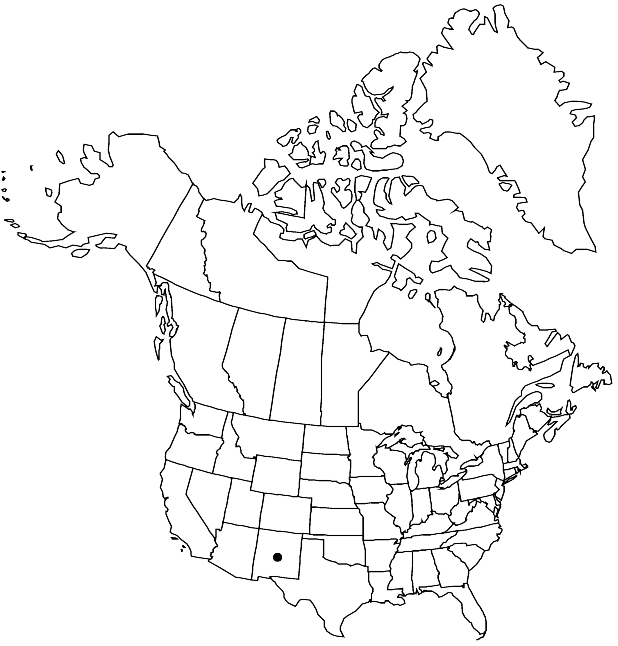Difference between revisions of "Physaria aurea"
Novon 12: 322. 2002.
imported>Volume Importer |
imported>Volume Importer |
||
| Line 54: | Line 54: | ||
|publication year=2002 | |publication year=2002 | ||
|special status= | |special status= | ||
| − | |source xml=https:// | + | |source xml=https://bitbucket.org/aafc-mbb/fna-data-curation/src/2e0870ddd59836b60bcf96646a41e87ea5a5943a/coarse_grained_fna_xml/V7/V7_1023.xml |
|tribe=Brassicaceae tribe Physarieae | |tribe=Brassicaceae tribe Physarieae | ||
|genus=Physaria | |genus=Physaria | ||
Latest revision as of 23:29, 5 November 2020
Biennials or perennials; (short-lived); caudex branched; densely pubescent, trichomes (sessile or short-stalked, simple or not), 5–9-rayed, rays furcate, (fine, smooth or finely tuberculate). Stems several from base, erect or outer ones decumbent or procumbent, (sometimes much-branched distally), to 6 dm. Basal leaves: blade obovate or rhombic, to ca. 2.5 cm, margins usually shallowly dentate, sometimes lyrate-pinnatifid. Cauline leaves: (proximal shortly petiolate, distal sessile); blade obovate to rhombic or oblanceolate, 2–4(–6) cm, margins entire or shallowly and remotely dentate. Racemes usually dense, (several-flowered). Fruiting pedicels (strongly recurved), to 20 mm. Flowers: sepals ovate or oblong (tapering at base), 3.6–4.8(–5.3) mm, (lateral pair subsaccate, median pair thickened apically, cucullate); petals obovate to spatulate, 4.5–7.5 mm, (blade narrowed to broad claw, margins sinuate). Fruits (± pendent), ovoid, obcompressed, or globose, compressed, 4–6(–8) mm; valves (not retaining seeds after dehiscence), sparsely pubescent or glabrous, sparsely pubescent inside; replum as wide as or wider than fruit; ovules usually 4, rarely 6, per ovary; style 2.5–3.6 mm. Seeds flattened. 2n = 14.
Phenology: Flowering Jun–Aug.
Habitat: Open sites and bare areas in rocky limestone soil in mountains, roadbanks, open woods
Elevation: 2000-2800 m
Discussion
Of conservation concern.
Physaria aurea (known from the Jicarilla and Sacramento mountains) is similar to 35. P. gooddingii, which is found farther west in the mountains of Catron and Sierra counties, New Mexico, and Greenlee County, Arizona.
Selected References
None.
